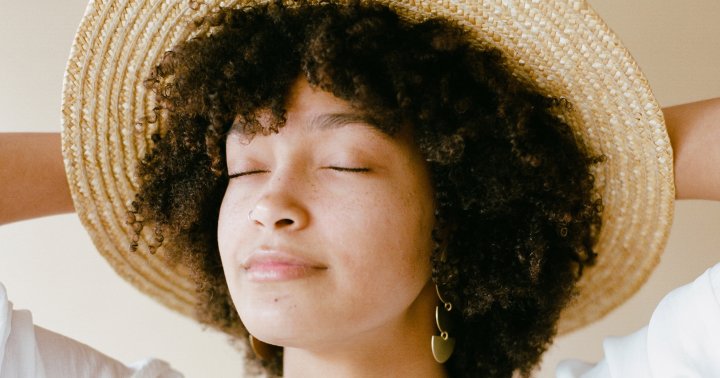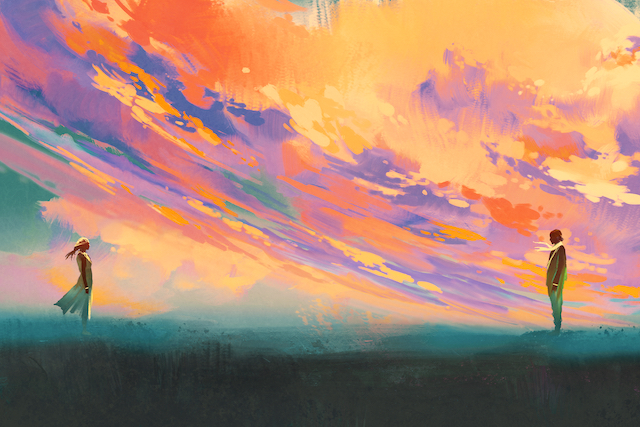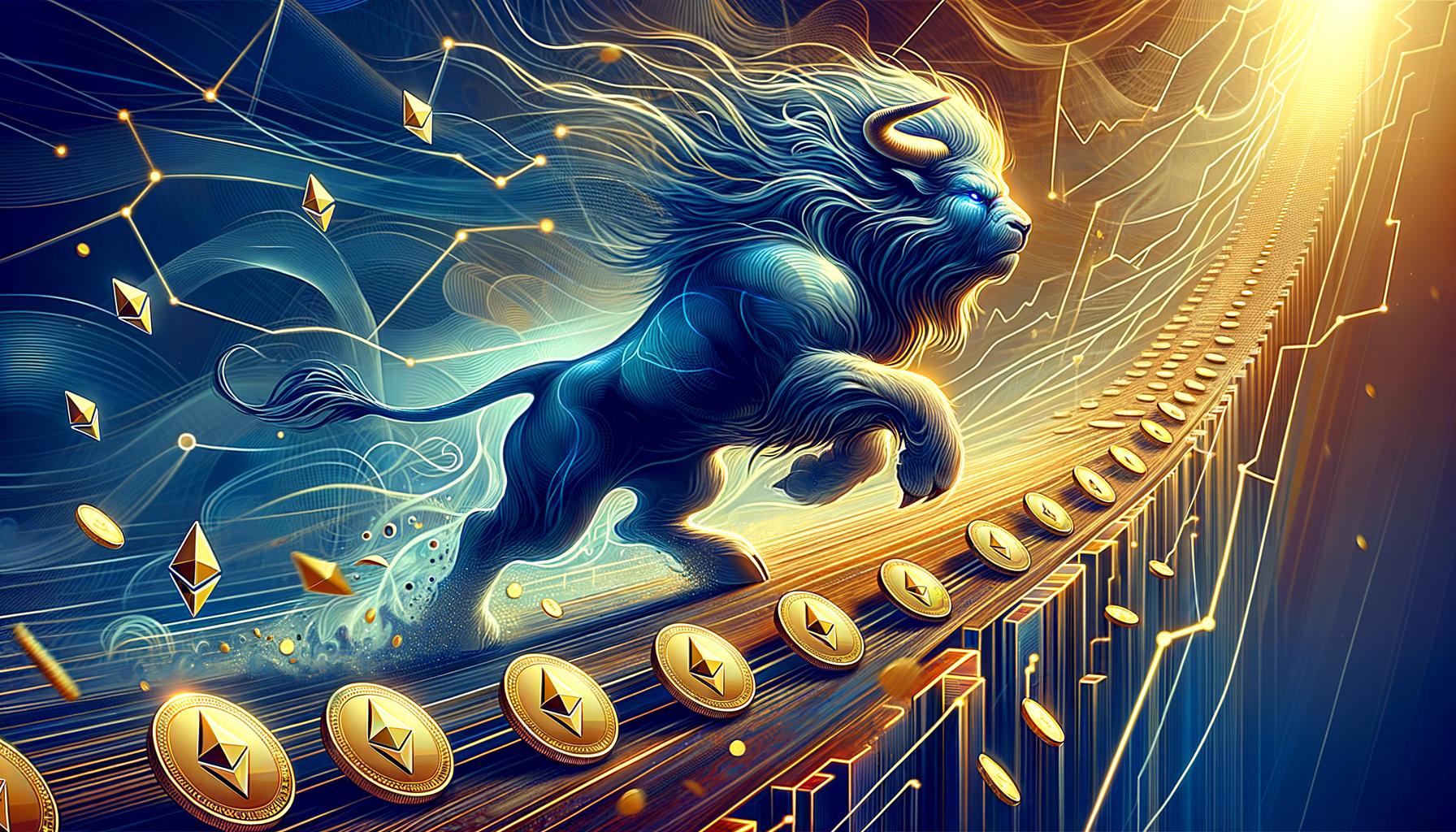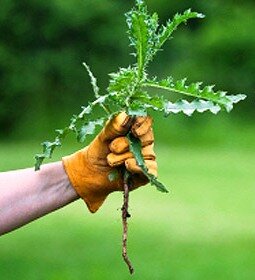Undoing Toxic Masculinity in Buddhist Communities.
Ann Gleig, Nadine Levy, and Bhante Sujato shine a light on the harmful effects of toxic masculinity and its surprising, disturbing rise within the Buddhist milieu. The post Undoing Toxic Masculinity in Buddhist Communities. appeared first on Lions Roar.
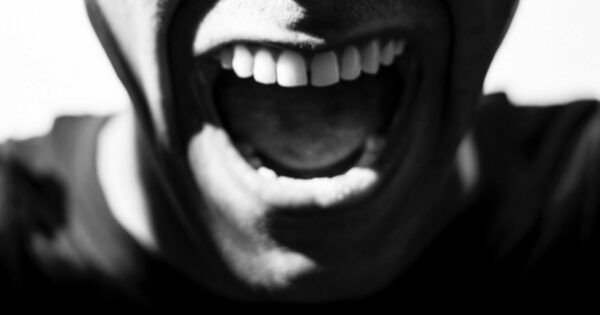
Ann Gleig, Nadine Levy, and Bhante Sujato shine a light on the harmful effects of toxic masculinity and its surprising, disturbing rise within the Buddhist milieu.
You might be shocked to discover there is such a thing as Alt-Buddhism. And yet, here’s just one sample of it, via the AltBuddhism subreddit:
Western Buddhism is castrated, weak, corrupted by progressivism and rejects the original thoroughly masculine, head-oriented ascetic system advocated by the warrior aristocrat Siddhattha Gotama. Alt Buddhism offers an alternative to standard western Buddhism for those with wisdom and strength to make stronger people stronger. This is a place for promoting fearlessness, self-discipline and austerity with acknowledgement that all suffering is self-inflicted. Victimhood is for the weak.
The kind of violent masculinity expressed within these extremist communities has been called “toxic masculinity,” referring to forms of gender conditioning that encourage and value male superiority, aggression, and emotional repression.
The term alt-right emerged around 2010 to denote a loose network of white nationalists who believe that multiculturalism, feminism, and progressive politics represent an attack on Western civilization and traditional values. While commonly associated with white supremacy, male supremacy is also foundational to the alt-right. Many commentators have shown how young men become radicalized as they cross over from male-dominated gaming cultures to the “manosphere,” an online antifeminist male subculture, to the alt-right.
The kind of violent masculinity expressed within these extremist communities has been called “toxic masculinity,” referring to forms of gender conditioning that encourage and value male superiority, aggression, and emotional repression. Toxic masculinity has been used to understand and explain increasing acts of male violence against women, non-binary, and LGBTQI populations.
Overlaps between “toxic” and “traditional” masculinity have also been noted. In 2019, the American Psychological Association produced its first ever guidelines for dealing with men and boys. Drawing on over forty years of research, they show that traditional masculinity—marked by dominance, stoicism, and competitiveness —is also harmful to men. Men are 3.5 times more likely than women to die by suicide, and their life expectancy is 4.9 years shorter than women’s.
Given its prevalence in wider society, it shouldn’t be a surprise that we find multiple expressions of toxic masculinity across contemporary monastic and lay Buddhism communities. One example is the vehement and continued resistance toward Theravadin nuns and their allies in their struggle to be granted full Bhikkhuni ordination. Another is the sexual abuse perpetrated in Buddhist communities, largely against women by male Buddhist leaders, and the common silencing and gaslighting of survivors when they speak out.
Scholars Ann Gleig and Brenna Grace Artinger track a spectrum of “reactionary masculinities” that have emerged in opposition to diversity, equity, and inclusion (DEI) initiatives adopted by some Buddhist communities. Across online Buddhist chat rooms, forums, and social media pages, men dismiss and belittle DEI initiatives such as efforts to make Buddhism more hospitable for female, non-binary and transgender practitioners. The most extreme of these is a right-wing fascist “Buddhist” movement that coopts Buddhist teachings to advance their vision of a hierarchical gender order, a superior pure race of enlightened human beings and the ultimate eradication of social diversity. Bhante Sujato identifies an overlapping phenomenon: what he calls the “Dark Wat,” in which male monastics interweave Buddhist misogynistic views with antifeminist writers such as Jordan Peterson.
Even the practice of meditation itself has become a site of reactionary masculinity. Female Insight teachers such as Julie Wester and Anna Douglas called for an inclusion of the “Sacred Feminine” principle as a balance to the patriarchal strands of Theravada tradition. Jack Kornfield suggested a gentler, more relational, and feminine approach to meditation practice. In reaction to this explicit “feminization” of Buddhism, the loose network of Pragmatic Dharma drew heavily on masculine imagery to promote its alternative “hardcore” approach to meditation. While certainly not falling into the extremes of the alt-right, this rhetorical re-masculinization of meditation is a reactionary move.
Across these different Buddhist spaces, a particular ideal of masculinity is promoted: a “warrior” figure who “conquers” the afflictions and devalues, if not fully rejects, characteristics associated with the feminine, such as vulnerability, relationality, and embodiment. Such a model does find precedence in historical Buddhism. Take, for instance, the “way of the warrior” represented by the Japanese Buddhist samurai. This, however, is only one of a wide array of masculinities that are represented in Buddhist canonical and commentarial literature.
Early Buddhism rejected all forms of essentialism. Although it developed in a period where women’s opportunities were limited, it took for granted that biological sex, like everything else, can change. In the suttas, the person who maligns the spiritual potential of women is Mara, the Wicked One. A person’s quality is reckoned not by caste or race or gender but by how they choose to live.
The Buddha himself is depicted with virtues traditionally associated with both masculinity and femininity. He is tall and strong, “a bull of a man” who “roars his lion’s roar” with confidence and authority. He is dominant and independent, a “thoroughbred” who eschews weakness and wanders alone like a rhinoceros. At the same time, he is full of love “like a mother for her child,” leading by inspiration rather than command. He builds community through inclusiveness, consensus, and open communication, preferring to listen rather than impose his views. His sweet, gentle words bring joy as he urges his students to meditate with “hearts as broad as the earth.” He praised his chief monks Sariputta and Moggallana as being like a birth mother and a nursing mother, respectively.
Buddhist traditions have always maintained this balance when depicting the Buddha. His limbs are curved and graceful as he sits smiling on the lotus, a classical Indian symbol for the goddess. This imagery draws on the Buddha’s description of jhanas as being an immersive experience, like a lotus growing in a cool lake.
Before his awakening, he tormented his body nearly to death by starvation, a hyper-masculine extreme that today we might consider an expression of bodily dysmorphia. To attain the gentle experience of jhanic bliss, he needed to eat. The traditions say that it was the local lady Sujata who offered him milk-rice, which she had prepared as an offering for a fertility goddess. This connection is sometimes made fully explicit, as the earth goddess is invoked by the Bodhisattva as witness to his striving.
While he embodied the best qualities of both men and women, he was not limited by such conventional dualities. To reduce him to an embodiment of masculinity is to fall into an essentialist error, and to call him a “warrior” is to ignore the fact that he rejected violence, renouncing his aristocratic destiny and caste identity.
From the earliest textual records to the many Buddhist traditions to our modern Buddhist communities, we find a multiplicity of Buddhist masculinities, not just different but sometimes opposing images, stories, and practices of masculinity. Some of these are poisons—expressions of masculinity that seek to dominate, control, and exclude. Others are medicines—expressions of masculinity that are relational, receptive, and inclusive. Which pill will we swallow?
Author note:
Ann Gleig, Nadine Levy, and Bhante Sujato are members of the Buddhist Alliance, a group of friends from Australia, the United States, and England who came together to talk about our shared concern about expressions of masculinity in contemporary Buddhism. “In these conversations,” they write, “we discuss toxic masculinity, which is often accompanied by wider attacks on racial justice and LGBTQIA inclusivity, as well as resources for and steps towards positive Buddhist masculinities.” Their full conversation is available here.

 Koichiko
Koichiko 







